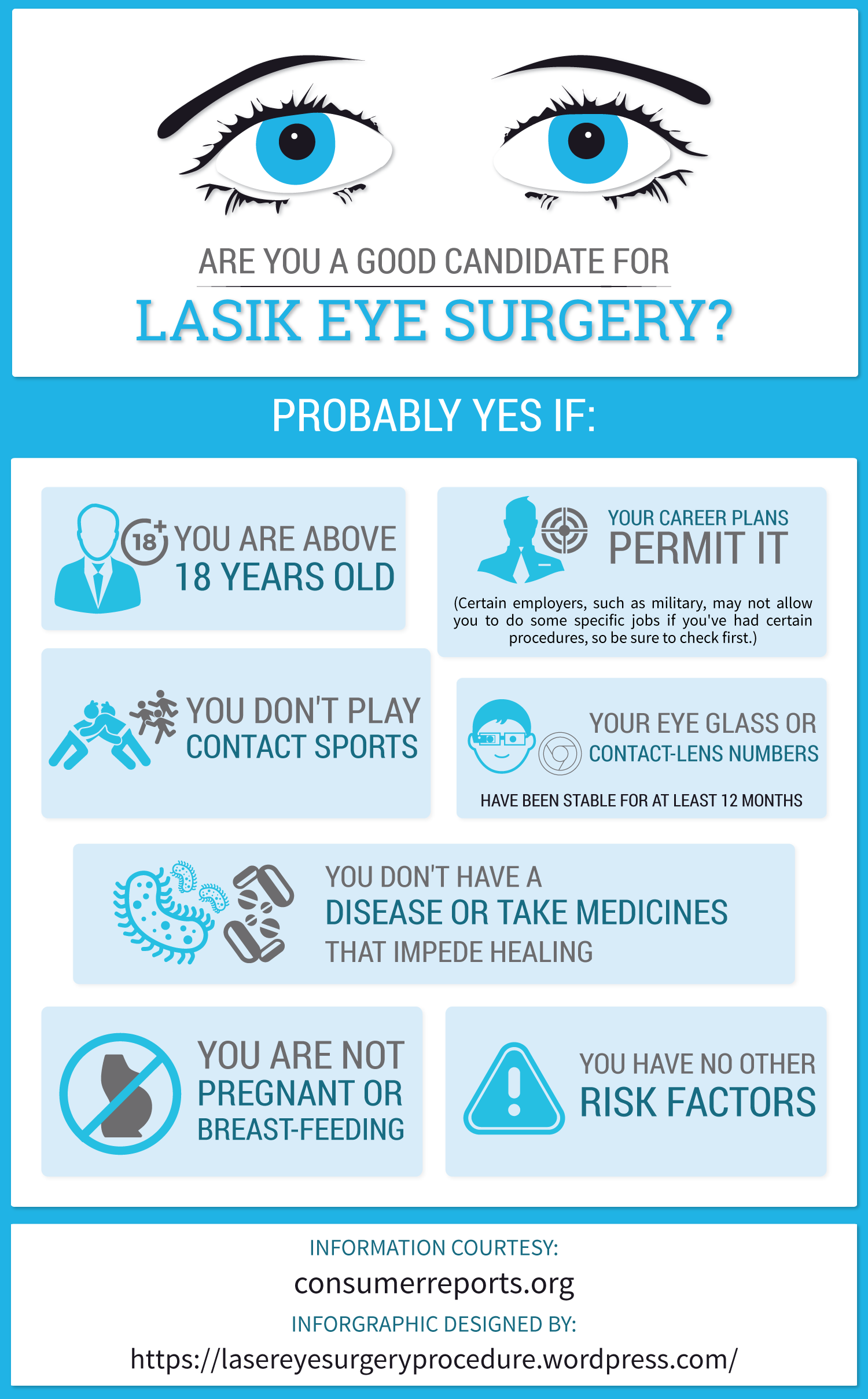Just How Does SMILE Eye Surgical Procedure Contrast To LASIK And PRK?
Just How Does SMILE Eye Surgical Procedure Contrast To LASIK And PRK?
Blog Article
Created By-Munksgaard Tang
If you've been thinking about SMILE eye surgical treatment, you may ask yourself just how it compares to LASIK and PRK. Each treatment has its very own collection of benefits and factors to consider. From quicker healing times to prospective threats, there are vital distinctions you must be aware of prior to deciding. Comprehending these differences will assist you make an informed option that straightens with your particular needs and expectations. Curious to recognize more regarding just how these treatments contrast thoroughly? Continue discovering to obtain a detailed understanding of SMILE, LASIK, and PRK.
SMILE Eye Surgical Procedure Introduction
If you're considering SMILE eye surgical procedure, you'll find it to be a minimally invasive treatment with a quick recuperation time. During link web site (Small Cut Lenticule Removal), a laser is utilized to produce a tiny, specific laceration in the cornea to eliminate a little item of tissue, reshaping it to fix your vision. This varies from LASIK, where a flap is created, and PRK, where the outer layer of the cornea is entirely eliminated.
One of the vital advantages of SMILE is its minimally invasive nature, bring about a faster healing process and less pain post-surgery. The recovery time for SMILE is fairly fast, with many patients experiencing enhanced vision within a day or more. This makes it a prominent choice for those looking for a convenient and efficient vision correction treatment. In Lensx Laser , SMILE has actually been shown to have a reduced danger of completely dry eye disorder compared to LASIK, making it a positive alternative for individuals concerned regarding this potential adverse effects.
Differences In Between SMILE, LASIK, and PRK
When contrasting SMILE, LASIK, and PRK eye surgical treatments, it is necessary to comprehend the distinctive methods utilized in each procedure for vision improvement.
SMILE (Little Laceration Lenticule Extraction) is a minimally invasive treatment that entails producing a tiny laceration to draw out a lenticule from the cornea, reshaping it to deal with vision.
LASIK (Laser-Assisted Sitting Keratomileusis) entails developing a thin flap on the cornea, using a laser to improve the underlying tissue, and after that repositioning the flap.
PRK (Photorefractive Keratectomy) eliminates the outer layer of the cornea prior to improving the tissue with a laser.
The major difference lies in the means the cornea is accessed and dealt with. SMILE is flapless, making it a good choice for individuals with thin corneas or those involved in get in touch with sporting activities. LASIK uses fast visual healing as a result of the flap development, but it might present a greater threat of flap-related complications. PRK, although having a longer recuperation period, prevents flap-related issues altogether.
Comprehending these variations is crucial in selecting the most ideal treatment for your vision modification requirements.
Advantages And Disadvantages Contrast
To assess the benefits and drawbacks of SMILE, LASIK, and PRK eye surgeries, it's essential to take into consideration the specific advantages and potential constraints of each treatment. SMILE surgical procedure supplies the benefit of a minimally intrusive procedure, with a smaller cut and possibly quicker healing time compared to LASIK and PRK. It also minimizes the threat of dry eye post-surgery, a typical side effect of LASIK. Nonetheless, SMILE might have restrictions in dealing with greater levels of nearsightedness or astigmatism compared to LASIK.
LASIK surgical treatment provides quick visual recuperation and very little pain during the treatment. It's highly reliable in treating a wide range of refractive mistakes, including nearsightedness, hyperopia, and astigmatism. Yet, LASIK carries a risk of flap complications, which can impact the corneal structure.
PRK eye surgical procedure, while not as popular as LASIK, stays clear of producing a corneal flap, reducing the danger of flap-related problems. It's suitable for people with thin corneas or irregular corneal surfaces. However, PRK has a longer healing time and might entail a lot more discomfort during the healing procedure.
Conclusion
So, when it concerns choosing between SMILE, LASIK, and PRK, think about it like choosing the excellent pair of footwear. SMILE is like a smooth, comfortable pair of sneakers - fast and easy.
LASIK is a lot more like stylish high heels - showy and quick, but with some potential threats.
PRK is like tough treking boots - reliable and durable, yet requiring a little bit more effort and time.
Eventually, the most effective option depends on your individual demands and choices.
